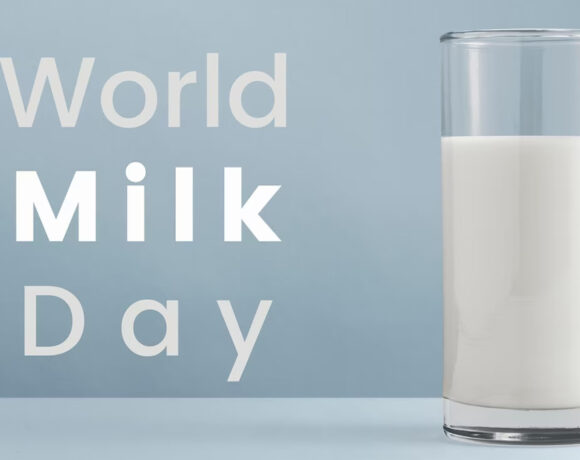Savoring the Art of Food: 7 Essential Culinary Terms Every Foodie Should Know

Food is not just a necessity; it is an art, an experience that tantalizes the senses and evokes emotions. For foodies, the world of culinary delights is a playground of exploration and indulgence. Whether you are a seasoned gastronome or a budding food enthusiast, understanding the nuances of culinary terms can elevate your appreciation of food to a whole new level. Here are seven essential culinary terms that every foodie should know.
1. Umami: The Fifth Taste Sensation
Umami, a Japanese term meaning “pleasant savory taste,” is often referred to as the fifth taste sensation alongside sweet, sour, bitter, and salty. It is a rich, savory flavor found in foods such as mushrooms, aged cheeses, and soy sauce. Understanding umami can help you appreciate the depth and complexity of flavors in various dishes.
2. Sous Vide: Precision Cooking Technique
Sous vide, a French culinary term meaning “under vacuum,” is a cooking technique that involves sealing food in airtight plastic bags and cooking it in a water bath at a precise temperature. This method allows for precise control over the cooking process, resulting in perfectly cooked meats, vegetables, and even desserts with enhanced flavors and textures.
3. Mise en Place: The Key to Organized Cooking
Mise en place, a French term meaning “putting in place,” refers to the preparation and arrangement of all necessary ingredients before cooking. This technique involves chopping, measuring, and organizing ingredients to streamline the cooking process. Embracing mise en place can make cooking more efficient and enjoyable, allowing you to focus on the culinary artistry without unnecessary chaos.
4. Degustation: The Art of Tasting
Degustation, derived from the French verb “deguster” meaning “to taste,” refers to a culinary tasting experience that involves sampling small portions of various dishes. It is often associated with a sequence of carefully curated courses, allowing diners to appreciate the flavors, textures, and presentation of each dish. Engaging in a degustation menu can offer a multisensory journey through the chef’s creativity and expertise.
5. Caramelization: Flavor Transformation through Heat
Caramelization is a chemical process that occurs when sugar is exposed to high heat, resulting in the browning and transformation of its flavor profile. This process adds depth and complexity to various dishes, such as roasted vegetables, meats, and desserts, creating a delectable combination of sweetness and nuttiness.
6. Al Dente: Perfect Pasta Texture
Al dente, an Italian term meaning “to the tooth,” describes the ideal texture of cooked pasta, where it is firm to the bite yet not overly soft. Achieving the perfect al dente texture requires precise cooking time and attention, ensuring that the pasta retains its shape and offers a satisfying chewiness that complements the sauce.
7. Reduction: Intensifying Flavors through Simmering
Reduction refers to the process of simmering a liquid to concentrate its flavors by evaporating the water content. This technique is commonly used to create rich and flavorful sauces, such as balsamic glaze and wine reductions, adding depth and complexity to dishes. Mastering the art of reduction can elevate the taste profile of various culinary creations.
In the world of food, understanding these fundamental culinary terms can enhance your appreciation of flavors, textures, and cooking techniques. Whether you are experimenting in your home kitchen or exploring the offerings of a gourmet restaurant, incorporating these terms into your culinary lexicon can enrich your gastronomic adventures and deepen your understanding of the culinary arts.
Picture Courtesy: Google/images are subject to copyright








